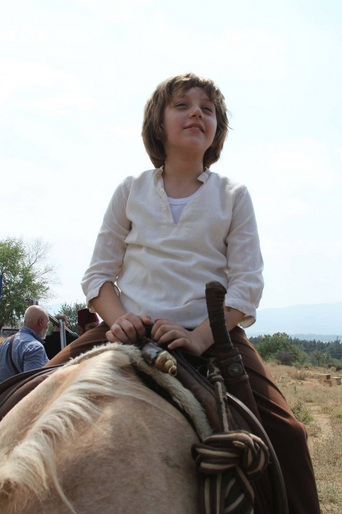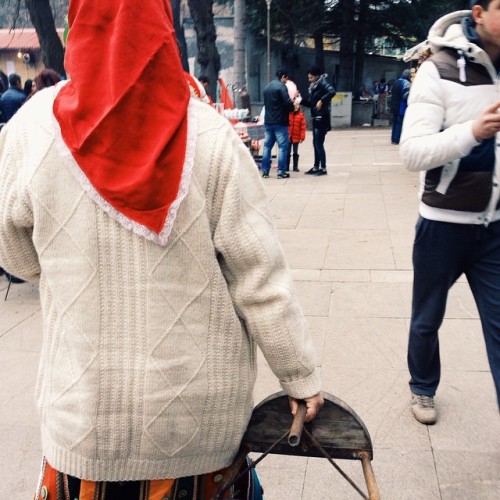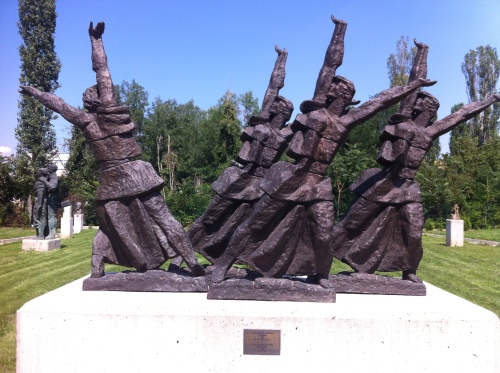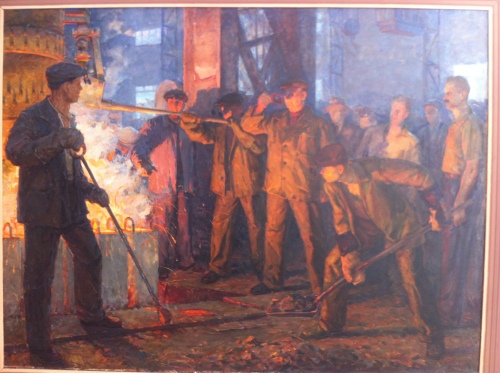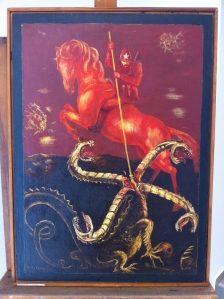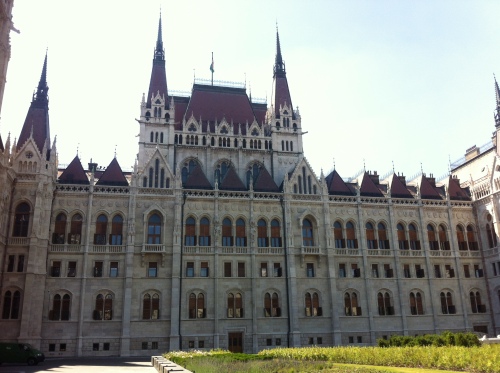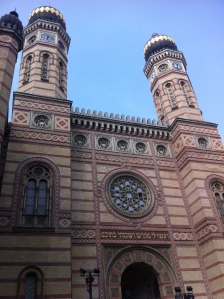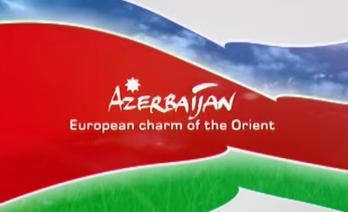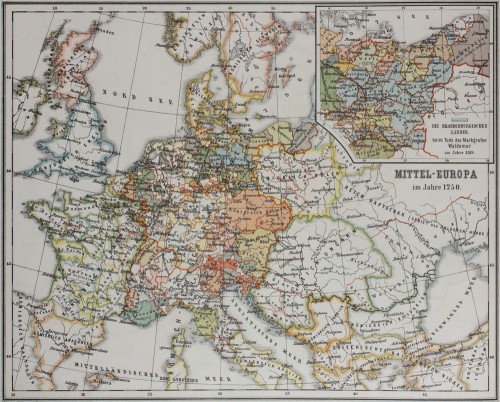Nearly a year ago, my wife and I moved from California to the Balkans. I knew that this would involve some sacrifices, especially as far as communication with my friends and family, and that seeing loved ones would go from being an everyday event to a rare joy. It was obvious that keeping in touch would be a lot more important for maintaining relationships, but it didn’t seem like it would be a lot more work. The small country to which we were moving has some of the fastest Internet in the world, so there are no technical obstacles keeping us from being in touch with friends in America. There’s a bigger problem putting a serious damper on my correspondence, which I wasn’t even aware of before moving to a different hemisphere. At some point in the recent past, email has become nearly as archaic for most people as physical correspondence. Receiving an email and being expected to reply to it has taken on the baneful weight of an imposition. A long personal email has become something the recipient has to grudgingly deal with, like a homework assignment or being left in charge of an ex’s dogs after a breakup.
There’s a decent amount of research online charting email’s path to the status of an anachronism. More and more each year, email is something that’s used solely for work. Among the next generation of Internet users, teens, email is as popular as learning cursive and opposition to same-sex marriage. The tech press reliably releases headlines declaring email doomed, if not dead already. I didn’t learn how unpopular personal emails are from Wired, though, or from marketers wringing their hands over the inaccessibility of tweens’ wallets. Once I was no longer accessible to my fellow American by phone, it became clear that email has been dragged to the desktop recycle bin in our hearts.
It’s a shame, because if you want to communicate long-distance, email is an excellent medium. It’s not perfect—written online communication cuts out the nuances of tone present in spoken conversation, but it has no space constraints and is transmitted instantaneously. Given the popular affection for minimalism embodied in the simple design of Apple, it’s a little surprising that email hasn’t become unexpectedly fashionable: what could be more flat and clean than a big, white box ready to be filled with black sans-serif type? As soon as you find yourself alone in a strange new permanence, you have a lot to tell the folks back home. Email is perfect for laying out your ideas, comfortably rolling out a story in rich detail to the only sympathetic eyes you may have.
However, I quickly noticed that most of my friends weren’t interested in continuing an email chain beyond more than a few exchanges. Emails started getting responded to with terse, sentence-long prose, or simply going unanswered. I expected this from my friends who were teachers, working 60-hour weeks, but it happened just as often with friends who are fellow partially employed freelance writers. One non-responder could be found on Tumblr some weekends soliciting questions from strangers, in hopes of curing his single man’s Saturday-night boredom.
At the same time that emails were going unanswered, many of the recipients were telling me about the latest must-have apps that would bridge the gap between our physical locations. One friend enthusiastically boosts Instagram so he can send me pictures, one hypes Snapchat so we can chat in short bursts. Both of these functionalities are currently available to us through email, to which all can avail themselves if they so choose.
Embedded in these pitches is a certain brand of cyber-utopianism. If only we had the newest app, the reasoning goes, we’d finally have the right platform for keeping in touch. It sells users based on the idea of a glaring deficit in existing online communications technology, to be rectified with a soon-to-be-released solution. WhatsApp, for instance, bills itself as the “easiest and cheapest” way to chat with friends—finally, a way to send online messages for free! Email seems like a perfectly functional way to accomplish the tasks of sending text and pictures, so it’s hard to grasp the appeal of platforms whose only innovation over email is built-in word limitations. To those less invested in the cyber-utopian narrative, it looks less like a communications revolution than a shift in consumer tastes driven by hype. Continue reading

